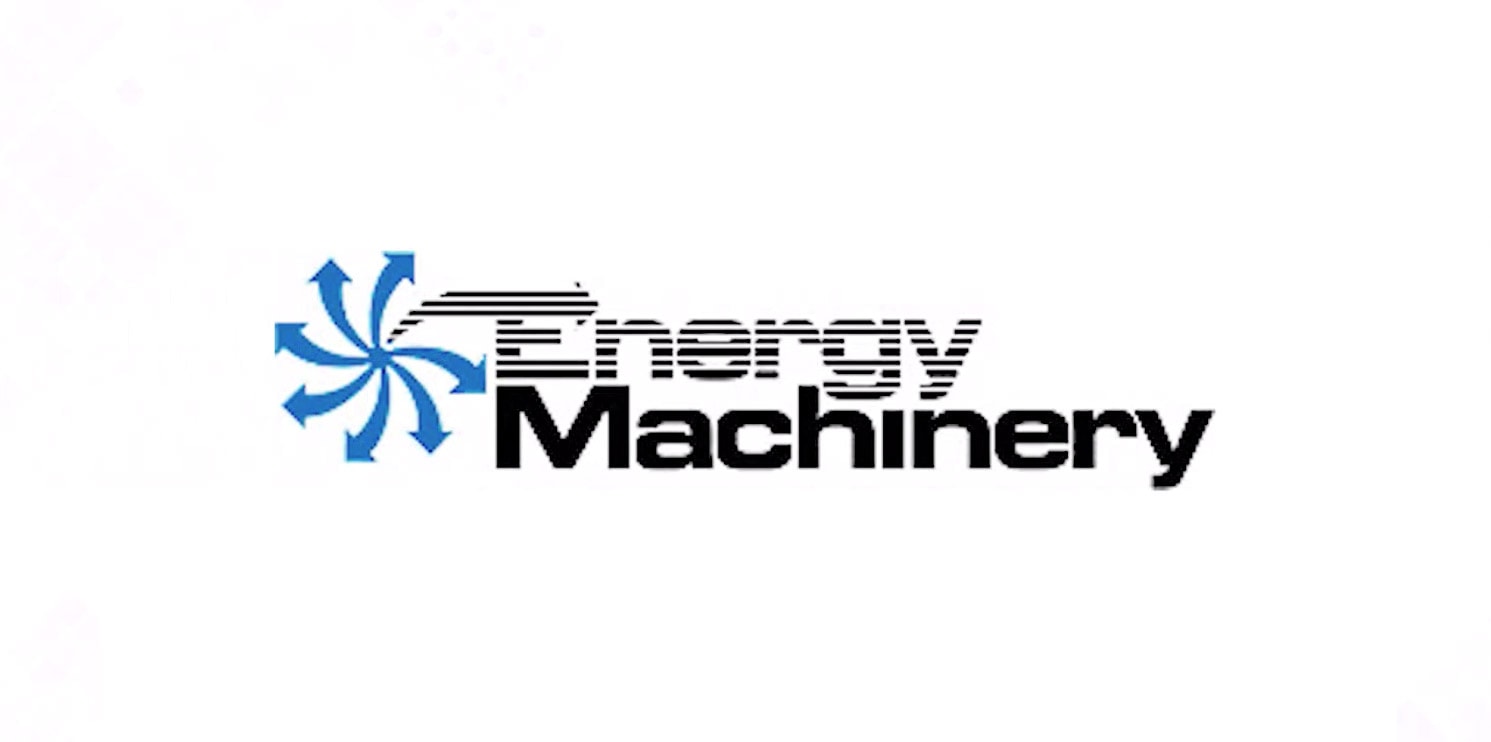All About Desiccant Dryers
Leave a CommentAll About Desiccant Dryers
As compressors draw air into pneumatic systems, they also take in an amount—however small—of moisture. If left unchecked, this moisture can condense and disrupt the performance of the system downstream. Additionally, it can lead to the corrosion of systems components and growth and buildup of bacteria. Desiccant dryers are one method of avoiding these issues.
Desiccant dryers use desiccant material—specialized drying agents—to adsorb water vapor from process air. They play critical roles in operations that require particularly dry air, such as those of pneumatic systems and scientific instruments.
The following blog post provides an overview of desiccant dryers, including how they work and the types available.
How Do Desiccant Dryers Work?
Desiccant dryers rely on the principle of adsorption, employing drying agents—such as silica gel activated charcoal, and activated alumina—to adsorb moisture from compressed air streams flowing through systems. They are available in several variations, with the two primary classifications being heated and heatless. Both types operate similarly, as outlined below.
- Desiccant material is stored in two adjacent towers, a drying tank and a regenerating tank.
- The moisture-laden air flows into the drying tower, where the desiccant adsorbs the moisture from the air stream. Heated models use a heating element to raise the air temperature to facilitate moisture removal, while heatless models rely on heat naturally generated by the adsorption process.
- Dry air from the first tower transfers to the regenerating tower, where it pulls moisture off the desiccant to prepare it for reuse and then exits the system.
What Desiccant Dryer Is Right For You?
Desiccant dryers are available in several designs to suit different pneumatic system needs. At Energy Machinery, we offer the following types:
DGH Series
The DGH Series from Gardner Denver is a line of highly customizable heatless desiccant dryers. These standard dryers can be easily adjusted to meet the requirements and restrictions of any compressed air application. They offer pressure drops of less than five psi, accommodate inlet pressures of 100 psig and temperatures of 100° F, and come with standard and energy-saving controllers.
DHW Series
The DHW Series from Hankison® is a line of wall-mounting desiccant air dryers. They provide dew points in ISO 8573-1: 2010 Class 1 (-100º F, -73º C) and Class 2 (-40º F, -40º C) while maintaining flow rates of 7–50 scfm, making them suitable for use in applications that require low-pressure dew points.
HHS, HHL, and HHE Series
The HHS, HHL, and HHE Series of heatless desiccant dryers from Hankison features a two-tower system filled with premium-grade alumina. These dryers are available with three different control systems engineered for optimal performance in specific industrial applications.
HBP Series
The HBP Series from Hankison is a line of blower purge desiccant compressed air dryers. They offer 100% efficiency and are available with heat rated outputs ranging from 10 kW to 70 kW and average full loads ranging from 10 kW to 70 kW.
Energy Machinery: Your New England Compressed Air Specialists
For all of your desiccant air dryer needs, turn to the experts at Energy Machinery. Equipped with almost 50 years of experience providing compressed air systems and supporting products, we can identify and supply the right solution for your compressed air application.
For additional information about our desiccant dryers and other product offerings or assistance choosing one for your facility, contact us today.







